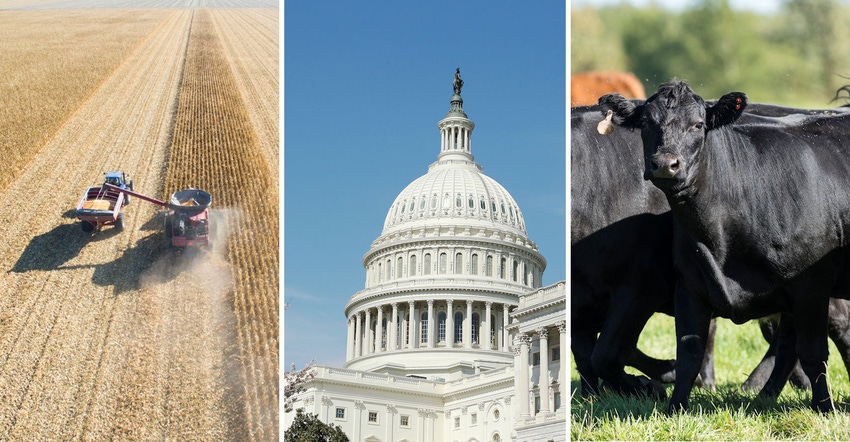
Need a quick catch-up on the news? Here are seven agricultural stories you might have missed this week.
1. A case of BSE, also known as Mad Cow disease, has been confirmed at a farm in Aberdeenshire, Scotland. It’s the first case in the country in a decade. The animal was five years old and it did not enter the human food chain. - BBC
2. Gabe Brown of Bismarck, N.D., has written a book, “Dirt to Soil: One Family’s Journey into Regenerative Agriculture.” Brown is one of the stars of regenerative agriculture, which is a type of farming that goes beyond sustainability and rebuilds or rejuvenates the soil. Practices include no-tilling, planting cover crops and rotational grazing. – Dakota Farmer
3. South Dakota State University broke ground Oct. 6 on the new Raven Precision Agriculture Center on the Brookings, S.D., campus. The $46.1 million facility will have 129,000 square feet of floor space that will house precision farm equipment and provide collaborative learning spaces for student design projects. – Dakota Farmer
4. The 2018 growing season was a season of fits and starts. It was extremely wet in April, super-hot in May, then there was a dry spell, lots of rain, more heat, a cool spell and then more heat. What does that mean for yields? – Indiana Prairie Farmer
5. Communication with neighbors is vital when dicamba is used, says Illinois farmer Grant Strom, who shares other tips for successfully using the technology. – Prairie Farmer
6. OpenAg studies how to grow food in a world of rising temperatures, wildfires, droughts and war. OpenAg is working with the maker of Nutella to find new hazelnut growing regions. – Wall Street Journal
7. On Tuesday, the U.S. Department of Agriculture gave the green light to commercialize a biotech version of the cotton plant whose seeds can be eaten, according to Texas A&M University, which developed it over more than two decades. U.S. Food and Drug Administration approval is still needed, which the university said it expects within months. After that, farmers will be able to grow cotton for food as well as for fiber. – Farm Futures
And your bonus:
Women in agriculture say widespread gender discrimination persists and poses obstacles to their ability to help feed the world, according to a new study from Corteva Agriscience, Agriculture Division of DowDuPont. The study included 4,160 respondents living in 17 countries. – American Agriculturalist
About the Author(s)
You May Also Like




